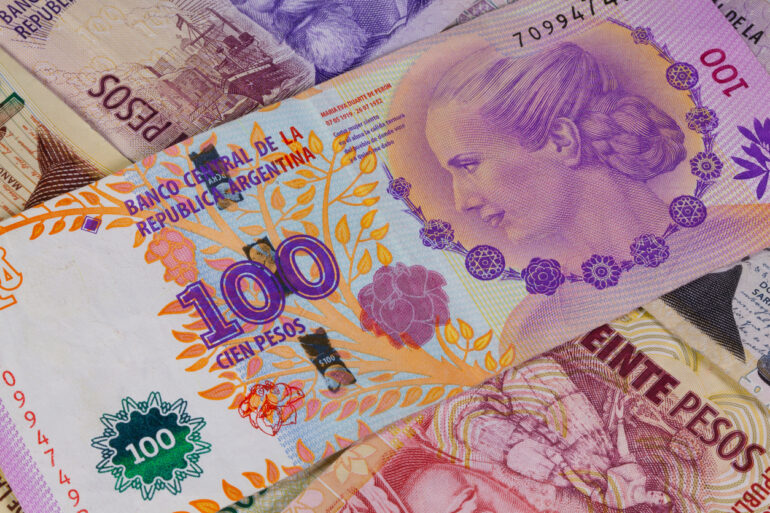Argentina’s leading presidential candidate and finance minister has unveiled a central bank digital currency project as part of the nation’s financial system modernization efforts, but this initiative has raised skepticism among crypto enthusiasts regarding the nature of the project.

Sergio Massa, the Peronist candidate for this year’s election, recently announced a plan to create the digital peso. The goal, he said, would be to find a “solution” to the country’s large informal economy. Also to contribute to increasing tax collection.
“I will soon send the law that creates the Argentine digital currency because there are more than 100 countries that are already doing it,” Massa, also the current finance minister, said regarding CBDC projects around the world, as central bank digital currencies are known. “More than 40% of the economy in Argentina is informal; if we do not solve that, we have a problem.”
Details still missing
The announcement by the candidate generated significant attention in the industry. But the extent of its potential impact remains uncertain. In the midst of a fiercely competitive election, Massa has released minimal information regarding the project’s scope. This left crypto leaders in a state of uncertainty. Additionally, the central bank has yet to offer insights into the proposal.
“The proposal for a centralized currency controlled exclusively by the government through the Central Bank – known worldwide as CBDC – is something too complex and controversial enough to be launched in the final stretch of an electoral campaign,” said Ricardo Mihura, president of the local NGO Bitcoin Argentina.
The entity has positioned itself against the project, as have other fintech and crypto companies. In a press release, it warned against the “risks of these types of technological solutions to the freedom and rights of users,” arguing that such an initiative could be aimed at having a grip on an individual’s finances.
For now, the project has not been sent to Congress. And some dismiss Massa’s idea as a vague campaign promise. Yet the candidate took nearly 37% of the votes on October 22, a lead over Libertarian Javier Milei, with 30%, leading some to take his idea in all seriousness.
Argentina’s digital peso, is it really a CBDC?
Massa said that similar examples of the Digital Peso include the digital real in Brazil, Drex. However, specialists argue that the digital peso is not exactly the same thing.
The Argentine peso has been severely devalued, dissuading many from considering it a reliable store of value. Consequently, Argentines often seek refuge in more stable assets such as U.S. dollars and increasingly, cryptocurrencies and stablecoins.
Sebastián Camiser, a fintech expert at Austral University in Buenos Aires, opposes classifying the digital peso as a true CBDC. “Argentina already has a digital peso in the form of bank deposits or funds held in fintech platforms like Mercado Pago,” he said. “What is different is that this would no longer be backed by these companies, and fall under total central bank control.”
According to the government, the digital peso would be key in bringing the underbanked into the formal economy. However, it is not clear as of yet whether the Argentine Digital Currency, as the project is known, would be mandatory, if it would be operated by banks or individuals, or if it would replace cash.
“So far, it is nothing more than a project”, said Rodolfo Andragnes, co-founder of the NGO Bitcoin Argentina
A regulatory push for CBDCs in Latin America
At any rate, the case for centralized digital currencies has been building worldwide. The region is particularly receptive to stablecoins. These have expanded in several countries against a backdrop of rampant inflation and volatile domestic currencies.
The International Monetary Fund has repeatedly praised the initiative heralded by several central banks across the world, including Brazil’s regulator.
The country is in the process of launching Drex, as the digital real has been coined. It initiated pilot programs for its CBDC in 2023. It’s projected to publicly launch between late 2024 and early 2025. It is the latest move by the country to modernize its payments system, following the introduction of Pix in late 2020 and open finance more recently.
“For central banks, the issuance of CBDCs will be viewed as a positive development because it provides a means to control issuance, circulation, usage, and consumption,” said Camiser. “Furthermore, it involves centralizing issuance, which is currently decentralized in the realm of cryptocurrencies.”


